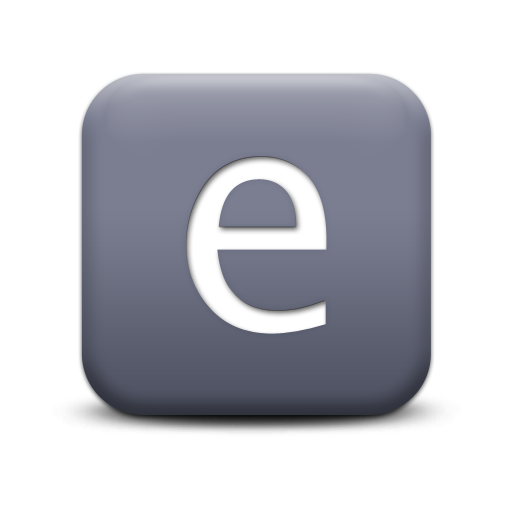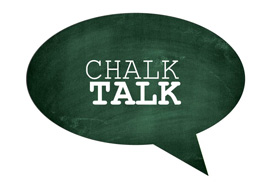Insurance Alphabet: Letter E
E is for:
“Exchange”

Exchange: When used as a noun, an exchange is a place where goods or services are bought or sold. In this blog post, we’re specifically referring to exchanges that sell major-medical health insurance policies. These are otherwise known as health insurance exchanges.
The reason that we’ve selected this topic is because you’re going to hear a lot about “exchanges” over the next few years (and into the future in general), when it comes to health insurance. There are two types of health insurance exchanges:
- Public Health Insurance Exchanges
- Private Health Insurance Exchanges
—————————————————————————————————————
A Public Health Insurance Exchange is an exchange that is set up, funded, and administered by the government. There are a combination of ways that this takes place:
- A) State-only administered exchanges.
- B) Joint state/federally administered exchanges.
- and C) Exchanges administered by the federal government only.
Public Health Insurance Exchanges were a large part of healthcare reform (ACA/Obamacare). These are the new exchanges that are mandated by the law. The purpose of these exchanges is to help expand affordable coverage to the uninsured. The state exchange in California is called “Covered California.”
—————————————————————————————————————
A Private Health Insurance Exchange is an exchange that is set up, funded, and administered by private parties. In other words, the government is not involved (examples of private parties: employers and their employees).
There are a number of different strategies when setting up a Private Health Insurance Exchange. Most of these strategies revolve around the “defined contribution” health planning concept that we’ve discussed in past blog posts. This concept (defined contribution) is gaining importance as we move forward in health benefits planning. Third party administrators (or TPAs) facilitate the administration of Private Health Insurance Exchanges.
Thanks for stopping by, we hope you found our information to be valuable. Check back at our blog to get further information about funding healthcare. Also, please share with your friends, clients, colleagues, and family. Here are a few of our other information outlets:
Home Page: https://policyadvantage.com
Twitter: http://www.twitter.com/policyadvantage
Facebook: http://www.facebook.com/policyadvantage
YouTube: http://www.youtube.com/policyadvantage
Pinterest: http://www.pinterest.com/policyadvantage
Word Press (you are here): http://www.policyadvantage.wordpress.com


